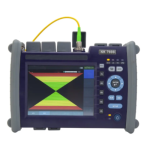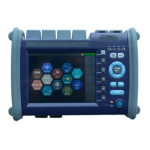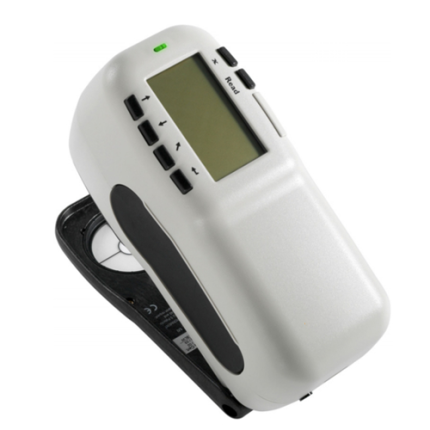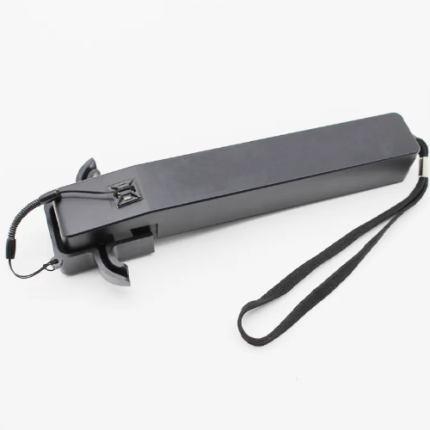Description
Overview
GAOTek Fiber Optical Cable Identifier with OTDR is a cutting-edge device designed to identify and characterize optical fibers in telecommunication networks. This advanced tool combines the capabilities of a traditional fiber identifier with the added functionality of an Optical Time Domain Reflectometer (OTDR). Its integrated OTDR function can detect the presence of an optical signal and provide valuable information about the fiber’s length, attenuation, and potential issues like bends or breaks. This integration enhances the efficiency and accuracy of fiber identification, making it an essential tool for fiber network maintenance, troubleshooting, and installation tasks. Its high-quality construction ensures reliable performance and user-friendly operation, making it an asset for fiber optic technicians and engineers.
Features
- The device supports testing various fiber end types, including breakpoints, APC, and UPC connectors, providing flexibility in fiber network testing.
- Combining the OTDR functionality within the same device enables users to perform both fiber identification and reflectometry tests with ease, eliminating the need for complicated parameter settings.
- With a simple one-key test function, the device streamlines the testing process, making it user-friendly and time-efficient.
- The device uses audio or visual signals to locate the target accurately, simplifying the identification process.
- The Fiber Optical Cable Identifier offers an array of integrated functions, including VFL (Visual Fault Locator), LS (Light Source), OPM (Optical Power Meter), Event Map, Loss Test, and End Face Identifier, providing comprehensive testing capabilities in a single device.
Technical Specifications
| Fiber Type | Single-mode fiber |
| Wavelength Range | 800 nm to 1700 nm |
| Max Dynamic Range | 16 dB to 128 dB |
| Event Blind Zone | ≤ 1.5 m |
| ATT Blind Zone | ≤ 8 m |
| Test Range | 5 m to 256 km |
| Pulse Width | 3 ns to 20000 ns |
| Ranging Accuracy | ± 0.05 dB/dB |
| Loss Accuracy | ± 0.05 dB/m |
| Sample Points | 16 k to 128 k |
| Sample Resolution | 0.05 m to 16 m |
| Reflection Accuracy | ± 3 dB |
| Laser Safety Level | Class I |
| Refresh Rate | 3 Hz (Typical) |
| Data Storage | Internal: <3000 curves; External: 4 Gb |
| Connector | FC/UPC, Interchangeable SC/ST |
| Data Interface | USB, Mini-USB, 10M or 100M Ethernet Port |
| Wavelength Range (LS) | 800 nm to 1700 nm |
| Connector (LS) | Universal FC/SC/ST |
| Wavelength Output Power (LS) | -50 dBm to +26 dBm, ± 5% |
| Mode (LS) | CW, ± 0.5 dB, 15 min |
| Power Supply | AC/DC Adapter: Input: 100 V to 240 V, 50 Hz or 60 Hz, 0.6 A; Output: 12 V to 19 V, 1.5 A, Lithium battery: 7.4 V, 5000 mAh |
| Working Temperature | 50 °F to 122 °F (10 °C to 50 °C) |
| Storage Temperature | -40 °F to 158 °F (-40 °C to 70 °C) |
| Relative Humidity | 0% to 95%, non-Condensing |
| Weight | 3.3 lb (1.5 kg) |
| Dimension (mm) | 8.9 in x 6.3 in x 2.8 in (227 mm x 160 mm x 70 mm) |






